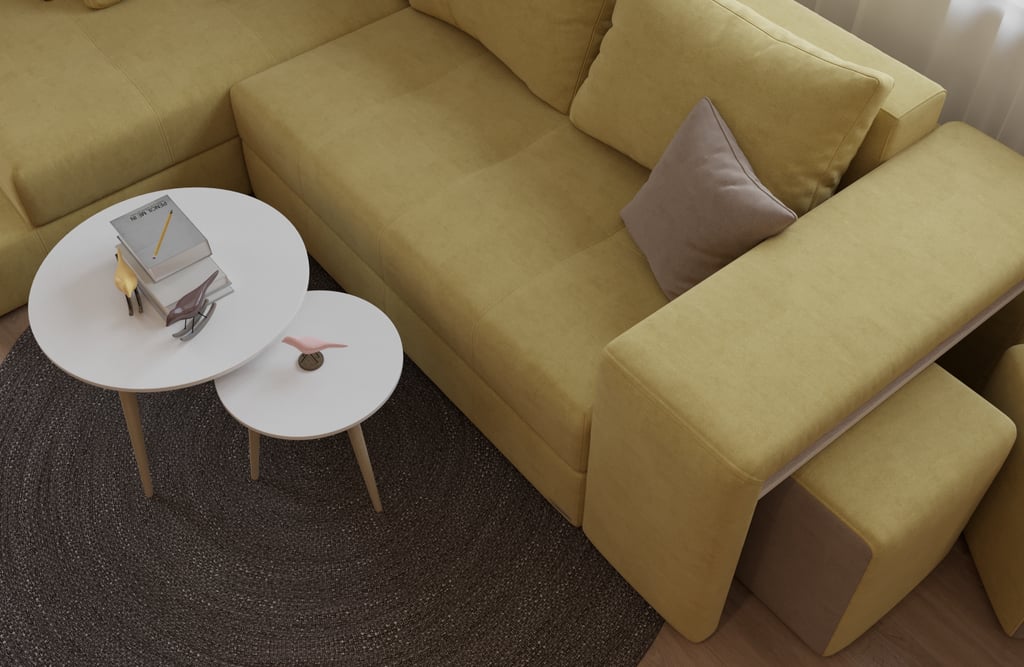3D Graphics for Architects: Understanding the Process
Roman Marchyshak
9/13/20243 min read


3D Graphics for Architects: Understanding the Process
In the world of architecture, the introduction of 3D graphics has marked the beginning of a transformative era, significantly reshaping the industry's landscape. With this technological shift, architects have moved beyond two-dimensional sketches, utilizing the power of 3D graphics to bring their ideas to life. This article explores how 3D graphics have revolutionized spatial design, visualization, and communication in architecture, and how this evolving technology is influencing the industry's future.
How 3D Graphics Elevate the Design Process
The integration of 3D graphics has opened new possibilities in architectural design, fundamentally changing how architects create and refine their ideas. Moving away from flat 2D plans to detailed 3D models allows architects to create designs with a precision and realism that far surpass traditional methods. These digital modeling tools enable the transformation of concepts into realistic, tangible images, giving architects greater control over the design process.
3D scanning technology plays a key role by allowing real-world objects to be digitized and incorporated into architectural designs. By capturing shapes, textures, and colors, 3D scanning brings a heightened level of realism to projects. Additionally, the use of perspective and parallel projections aids architects in presenting their designs in more dynamic and accurate ways. Perspective projection, for example, provides realistic depth, while parallel projections are perfect for technical drawings, ensuring accurate scale and proportion without the distortions of perspective.
3D Graphics in Architectural Presentations
Effective communication is vital in architecture, and 3D graphics have become an essential tool in presentations. Unlike traditional 2D displays, which may lack lifelike qualities, 3D graphics offer a more immersive and realistic way to present designs. Through orthographic projection and the precise rendering of lines, 3D graphics allow architects to showcase their projects in a format that is easy for clients and stakeholders to understand.
Software tools like Autodesk Maya provide architects with the ability to create stunning, detailed visualizations that captivate audiences. The free versions of these programs for non-commercial use have made this technology more accessible, allowing more architects to leverage 3D graphics to create powerful, engaging presentations.
Advantages of 3D Rendering in Construction
In construction, 3D rendering has become a standard tool for visualizing designs with remarkable detail and clarity. These renderings enable construction teams to interpret architectural plans more effectively, ensuring that designs are translated accurately from concept to reality. This precision helps reduce errors, improve planning, and minimize waste, making the construction process more efficient and cost-effective.
As 3D rendering software continues to evolve, architects can create increasingly realistic and detailed visualizations. These tools allow potential issues to be identified early in the planning stages, preventing costly mistakes and contributing to the overall success of construction projects.
3D Graphics in Digital Marketing
3D graphics have also become a key player in online marketing. Whether used to enhance the visual appeal of a website or to engage social media audiences, 3D renderings offer a new way to showcase architectural designs. On websites, 3D models provide a more immersive experience, while 3D animations offer virtual tours of future projects, helping clients visualize completed structures.
On social media, architects use 3D visuals to showcase their designs from various angles, creating engaging content that tells a compelling story. In email marketing, high-quality 3D renderings can significantly boost the visual impact of promotional campaigns, making emails more engaging and memorable for potential clients.
3D Graphics in Traditional Marketing
3D graphics have also transformed traditional marketing methods. Static 3D renderings can bring advertisements to life in print media, while 3D animations create eye-catching campaigns for TV and outdoor advertising. These tools allow brands to showcase architectural designs with stunning realism, captivating audiences with their creativity and detail.
In addition, 3D renderings and animations play a significant role in marketing materials such as brochures and flyers, providing immersive visual experiences that help potential clients better understand architectural designs. With 3D walkthroughs and detailed visualizations, designers and marketers can highlight the functionality and aesthetics of a space before it’s even built.
Conclusion
The integration of 3D graphics in architecture and marketing has revolutionized design, communication, and visualization. With tools that allow for the creation of highly detailed, photorealistic 3D renderings, architects can effectively communicate their ideas and visions to clients, while also minimizing errors in the construction process.
3D graphics have become an essential component of marketing strategies, allowing architects and brands to captivate audiences through visually stunning presentations and digital experiences. As the technology continues to evolve, the future of architecture and design will be increasingly shaped by the power of 3D graphics, pushing the boundaries of creativity and innovation.
